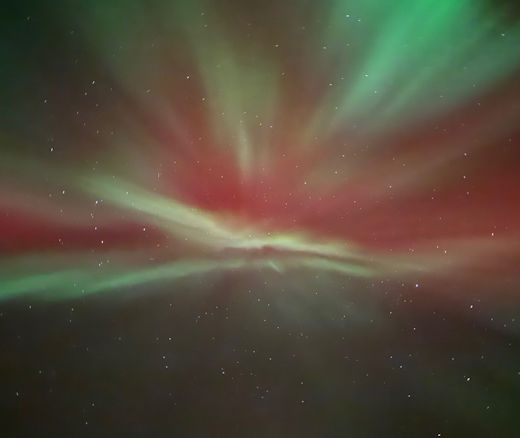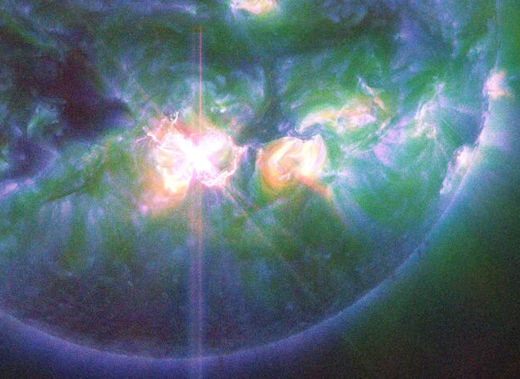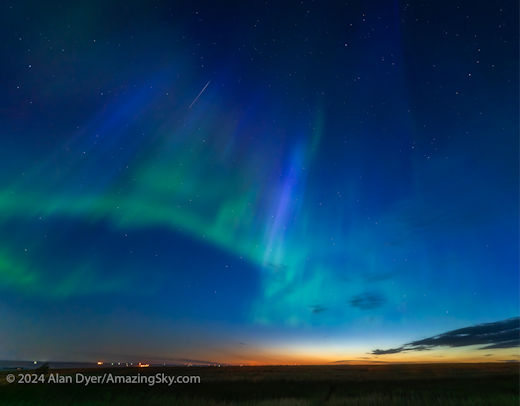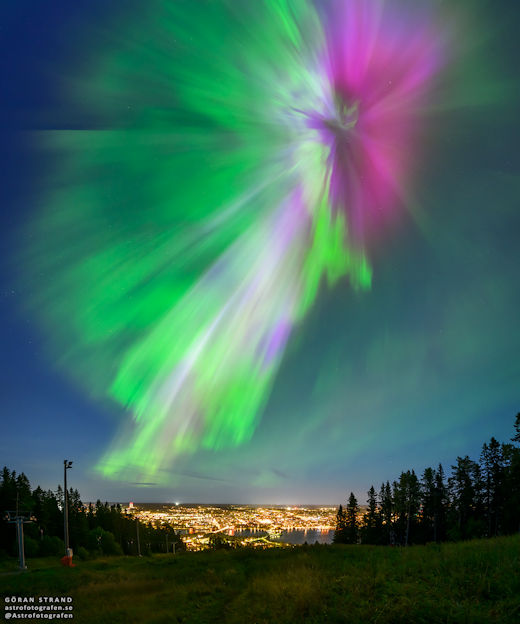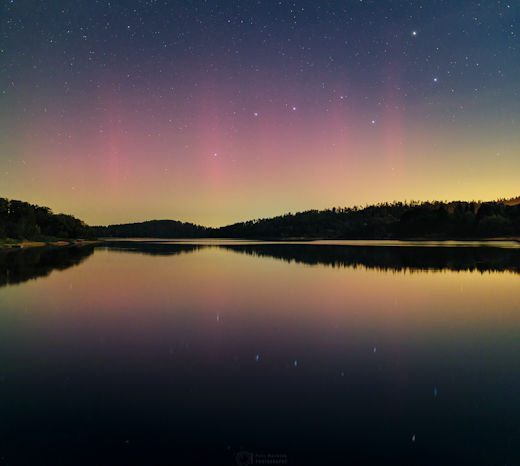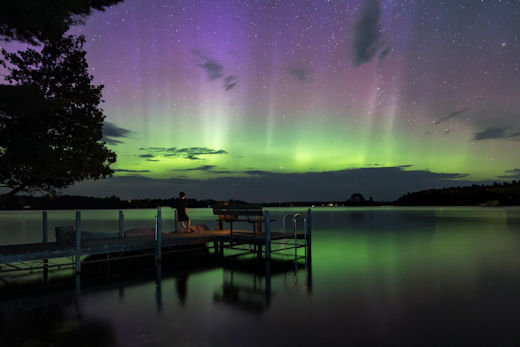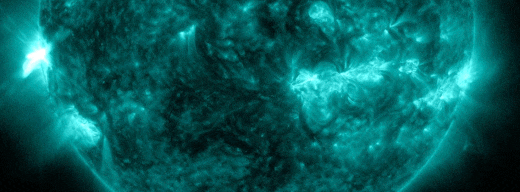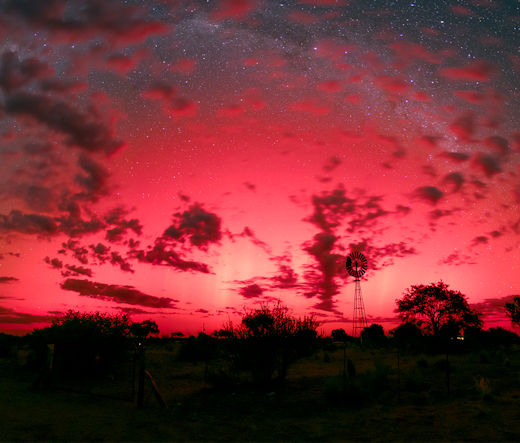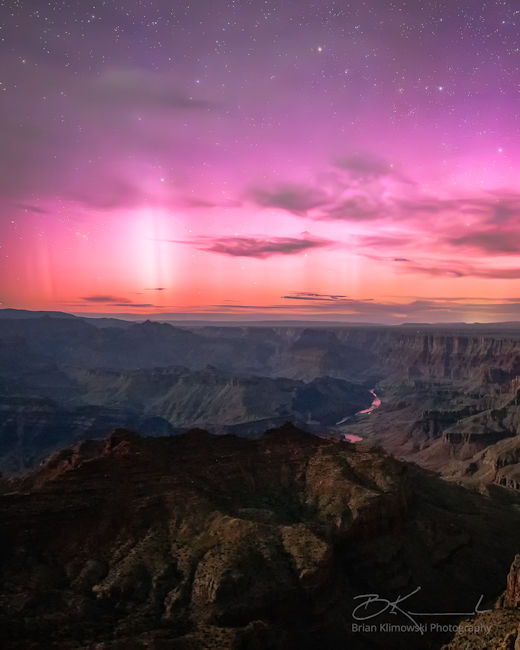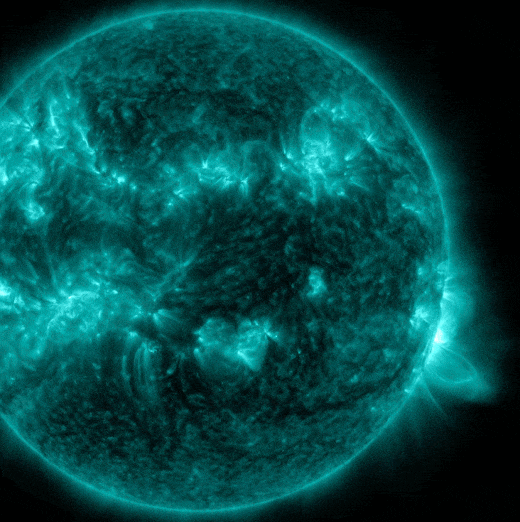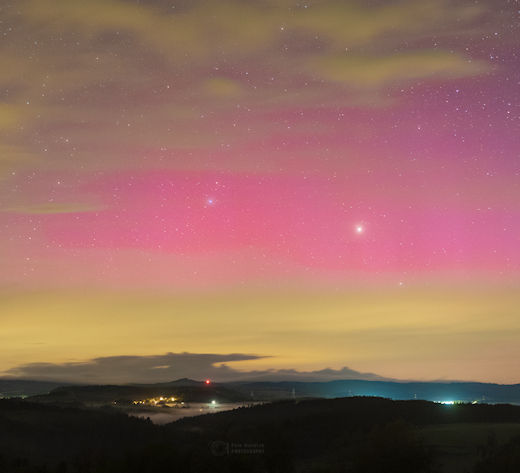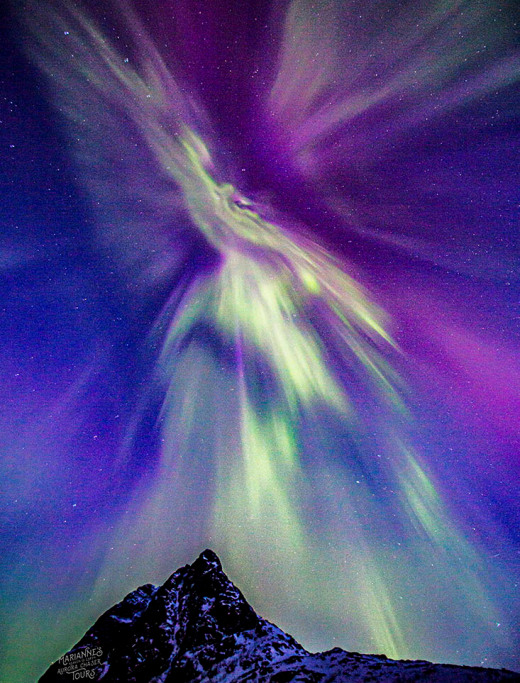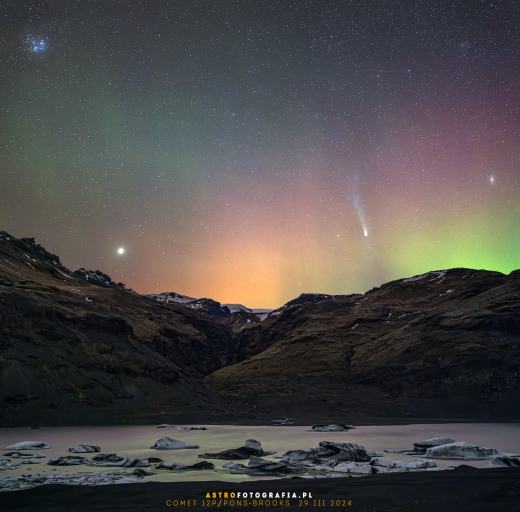
RARE SOUTH PACIFIC #AURORAS CONFIRM 'GREAT STORM': On the south Pacific island of New Caledonia, no one expects to see auroras. Ever. Situated about halfway between Tonga and Australia, the cigar-shaped island is too close to the equator for Northern or Southern Lights. Yet on May 10, 2024, this happened:
"I have rarely been so happy when taking a photo!" says Frédéric Desmoulins, who photographed the display from Boulouparis in the island's south province. "I could see the red color of the auroras with my naked eye. According to the New Caledonian Astronomy Society, these photos are the first for this territory."
"The auroral visibility from New Caledonia is really unique and extremely valuable," says Hisashi Hayakawa, a space weather researcher at Japan's Nagoya University. "As far as we know, the last time sky watchers saw auroras in the area was during the Carrington Event of Sept. 1859, when auroras were sighted from a ship in the Coral Sea."
Hayakawa specializes in historical studies of great auroral storms. He tries to go back in time as far as possible. The problem is, magnetometers and modern sensors didn't exist hundreds or thousands of years ago. Instead, he looks for records of aurora sightings in old newspapers, diaries, ships logs, even cuneiform tablets. Great Storms are identified by their low latitude--anything with naked-eye auroras below 30° MLAT (magnetic latitude).
https://spaceweather.com/
